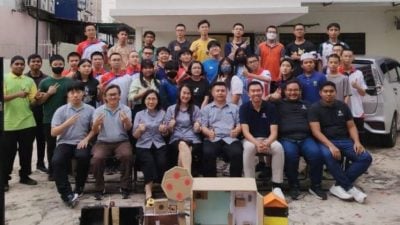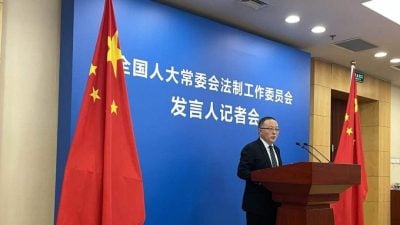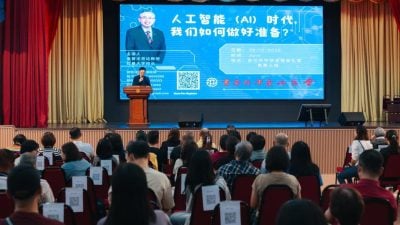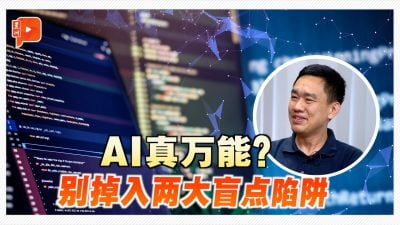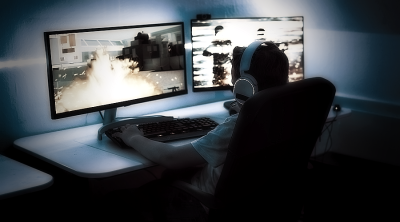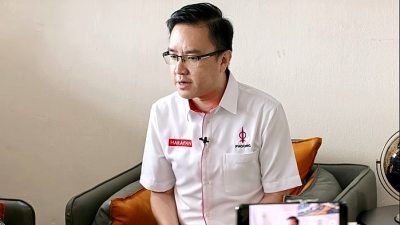
Higher education: A great common denominator
What is higher education? What is its purpose?
I quote from UNESCO, “Higher education is a rich cultural and scientific asset that enables personal development and promotes economic, technological and social change. … It equips students with the skills needed to meet ever-changing labour markets. It is a passport to economic security and a stable future.”
That is exactly why any higher educational institute (HEI) wants to create an ecosystem that will make our students survive through the challenges of the future.
How challenging is the future job market? Let us retrospect and review the last few years.
In these years, the change in workplaces has been disruptively rapid compared to a gradual evolution that we are used to witnessing.
The future appears to be harsher. The rate of change is only going to accelerate. The shortage of skilled employees is getting larger.
Expectations of Gen Z employees are constantly changing. The final touch on the whole saga is provided by a series of transformative new technologies.
In a nutshell, the workplace has witnessed an unforeseeable revolution.
According to the World Economic Forum’s 2023 Future of Jobs Report, 44 per cent of worker skills will be disrupted over the next five years, with analytical skills, creative thinking, and technological literacy among those in the greatest demand.
It is predicted that six in ten employees will require further skills training.
The question is: Wherefrom will they learn the required skill?
Why and how are the higher education institutes (HEI) going to change the trusted path they have tread for centuries? After all, HEIs are known for ages to foster and inculcate the culture of analytical skills and creative thinking!
There is a catch. Of late, our abilities and intelligence are constantly challenged by a new set of transformative technologies.
Our learners have to face a world that was like never before. Even the alumni of HEIs are living dangerously as far as the workplace is concerned.
The threat is real and simple. Either you master these technologies or these technologies will be your master.
The bottom line is that the bottom line of the pyramid is in real danger.
This takes us to the million-dollar question. What are these technologies that are set to be rooted so deep and so fast in our lives?
This question will attract diverse responses. But one thing is for sure. So far in all industrial revolutions, technology helped us by providing tools for more mechanisation and automation.
For instance, all machines are used to save time and effort and to increase productivity.
Computers and software single-handedly brought about a revolution that changed the nature of work.
Connectivity forced us to live in a virtual world for a significant part of our lives and was a rude shock to the prevailing social order.
The sudden emergence of generative artificial intelligence (AI) applications like ChatGPT has turned technology from a tool into, potentially, a virtual co-worker.
To be a real coworker, smart bots are coming up that can reach places where humans cannot. This had never ever happened.
Imagine a new you, Ms Univers(ity)
At this juncture, the HEIs have to reimagine and reinvent themselves. Using AI to its best advantage will itself require new skills, many of which are yet to be understood.
And Yes. The word “skill” never mattered more.
AI is a vertical in its own right. Each body of knowledge has a vertical. But AI grows horizontally too and grows without limits.
It penetrates all domains of knowledge, be it the humanities, fine arts, or science and technology. This establishes AI as a necessary skill for the entire population on earth.
We also understand that AI can only advise but cannot do so. It is more like a brain that has no motor skills.
To make a transition from a virtual co-worker to a real co-worker, we have to build robots driven by the brain, that is, AI.
One can talk with her, ask her to do the chores, or ask her to dig a hole. Amazing!
This settles one issue for the HEI about the minimum skills needed in the curriculum but poses a set of unanswered questions.
How easy is it to integrate AI into university curriculum for all disciplines and robotics for some? There are open and shut answers.
We know that infrastructure and skilled human resources are required. But the open problem is no one knows so far how to inject these two courses into teaching, keeping a nuanced balance between the actual domain and skill.
To elaborate on the point, it is important to build smart bridges that can monitor their health, where a tiny robot can go high up or deep inside for repairing and welding.
So, the civil engineers and the architects must know AI and robotics as a skill; otherwise, they will have to rely on the wisdom of an AI engineer and a robot specialist who knows nothing about how to build a bridge.
Our curriculum needs a bridge that connects the new technologies to the core domain.
A statutory warning is necessary now. It will be wrong to dislodge the usual emphasis on developing science, technology, engineering, and mathematics education.
These are indispensable to sustainable development and innovation in the long run.
Invention of one equation can create thousands of nuclear reactors and send spaceships to probe the vastness of the universe.
Future jobs may be more based on skills than conventional degrees. Our curriculum must keep up with the pace of change by adopting a more interdisciplinary and holistic approach to create a more diverse and tailored talent pool without ignoring fundamental and deeper insights.
ADVERTISEMENT
ADVERTISEMENT






